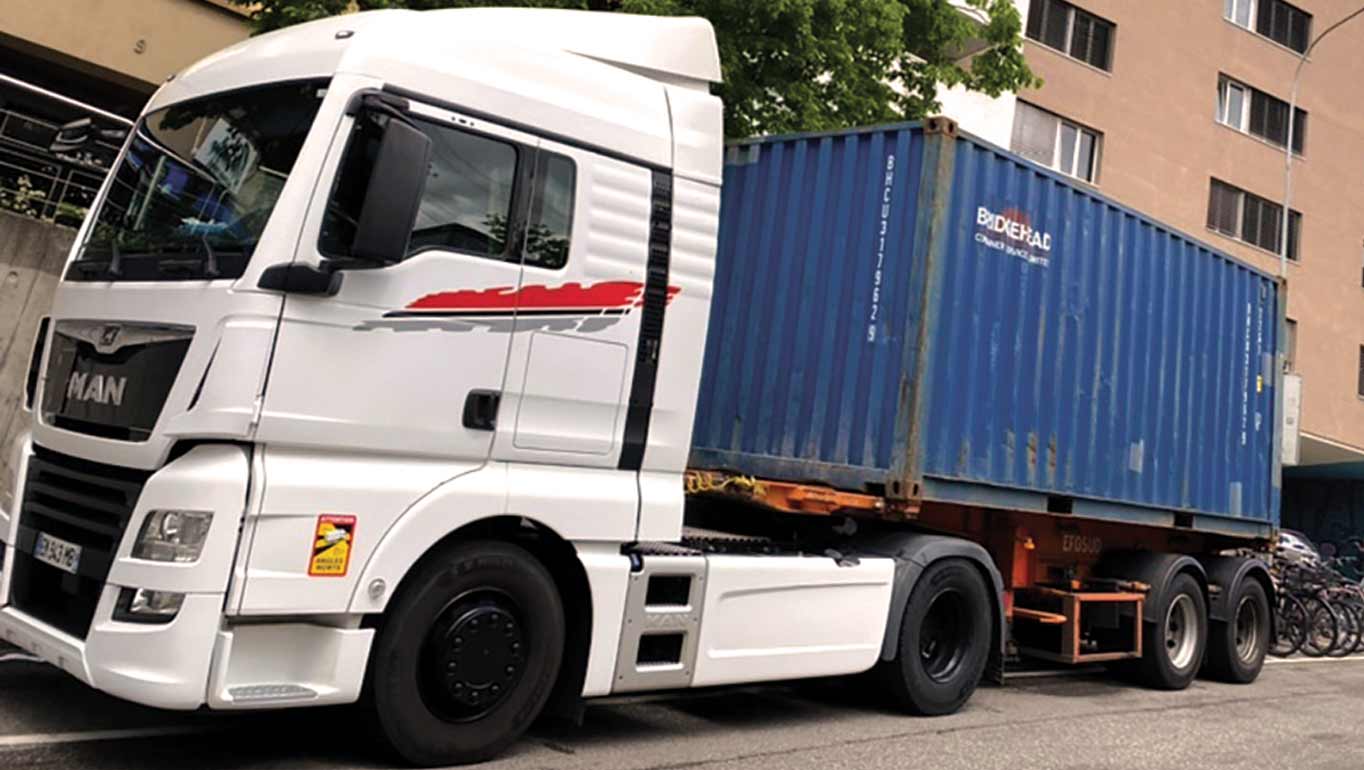Late last year the UN finalised a policy that will come into force any time soon. New staff will need to change duty station every five years through a lateral reassignment exercise unless they find another job in the meantime. Existing staff can choose to take part in a reassignment exercise, but aren’t obliged. Some colleagues will be heartened that it didn’t go further while many will be disappointed that it doesn’t go far enough. A mobility policy at the UN makes sense but is it possible to have a single mobility policy for an organisation that combines helicopter fuel specialists, interpreters, librarians and climate change experts? Yet this is what the organisation set out to do. I was part of these discussions. Here is what I learned.
Mobility helps share the burden but this is more important for some functions than others
The UN needs staff in positions around the world but many colleagues in peacekeeping missions are stuck. A mandatory mobility policy is therefore needed to get them out and put someone else in their place. However, most international positions in peacekeeping missions are in the Field Service category to which staff from headquarters cannot be moved. For the remaining 1,800 professional posts, yes there are matches in headquarters, but not that many. And FS staff are tied, with the current staff categorisation, to moving from one peacekeeping mission to another. So the problem cannot just be solved with mobility. At the same time, while burden-sharing is important for peacekeeping and humanitarian affairs, it isn’t so relevant to economists, whose posts are almost all in family locations. Thus, should all UN jobs be subject to mandatory mobility if only some of them require burden sharing?
Mobility adds value – in different ways
Moving to different duty stations and between headquarters and the field allows problems to be viewed from different angles. If you’re in Geneva recommending policies for governments to adopt it helps to have worked in country offices to experience how governments actually work and who really calls the shots (spoiler alert: the IMF and World Bank). Human resources staff come across different issues in Nairobi, Vienna and Juba, and experience in all of these helps them do their job better. Meanwhile, translators may struggle to find much difference between Vienna and Geneva (apart from the opera), especially as language services in different duty stations periodically fill in for each other. Three years ago DGACM organised a voluntary mobility scheme for its staff. It had few takers. So the value gained for the organisation and staff member is not always the same, even if those who move more regularly are more likely to get the top positions.

Mobility is costly both to the organisation and to families
Moving staff and their families can cost the organisation anything from $35,000 for a single staff member to $90,000 and beyond. To staff and their families it means disruption, the need for a spouse to give up their job or career, an imbalance in the relationship and difficulties for many children. Some cope well with this, others less so. Trailing spouses suffer in silence. There are ways to mitigate this. Surge rosters allow colleagues who couldn’t otherwise move, to spend a few months in a different location to cover for parental leave or newly vacant posts. (These same rosters have also enabled General Service and National Professional Officer colleagues to get experience in other duty stations.) Remote working options have also helped dual career UN spouses.
Mobility is easier with generalists than with specialists
Certain functions are similar across duty stations, for example monitoring and evaluation officers, human rights field presences, translators and interpreters, and the roster selections for these positions reflect this. But it is more challenging to move colleagues if their positions are specialised and subject to complex technical assessments. Back in 2017, I was on a job network board for POLNET. We spent a whole afternoon trying to move four P-5 colleagues between duty stations and we struggled.
So what could a mobility policy look like?
It’s taken a lot of back and forth to get to the current policy. But it could still be improved. First, functions that have a significant proportion of positions in difficult or dangerous locations and which therefore carry a burden, need mandatory mobility, but other functions don’t. Second, there should be a formal connection between mobility and career development for all staff. This could require one prior geographical move (which could also be made up of 12 months of cumulative temporary geographical moves) to get to P-5, rising to two or three prior geographic moves for certain senior field-oriented positions. For staff on mandatory mobility this won’t make a difference, but for other colleagues it will make expectations clear while giving them the flexibility to move when they and their families are able. Third, enlarge the use of surge and other rosters and make more efforts to get colleagues in the GS and NPO categories involved so that they can experience work in a different duty station. Also do more to include FS colleagues so they can do assignments to non-peacekeeping locations and get a much-needed break. Fourth, make creative use of remote working options where this can make it easier for dual-career couples to be mobile.
Many colleagues want to move and having moved once usually want to move again. However, not everyone can move and not all functions require it as much. The UN needs to be flexible with mobility. Where there isn’t a need for burden-sharing, mobility can be voluntary. However, some mobility should be required to move up in the world.



